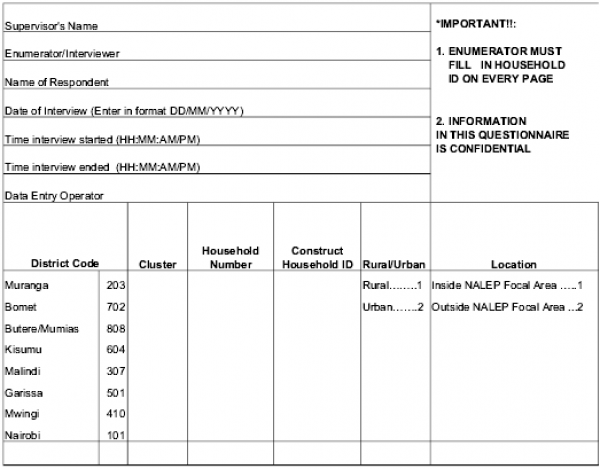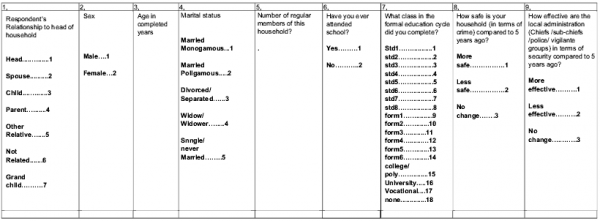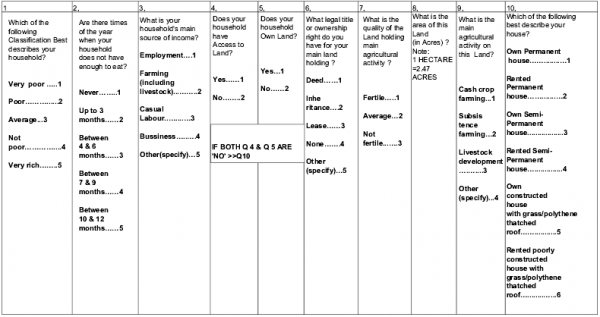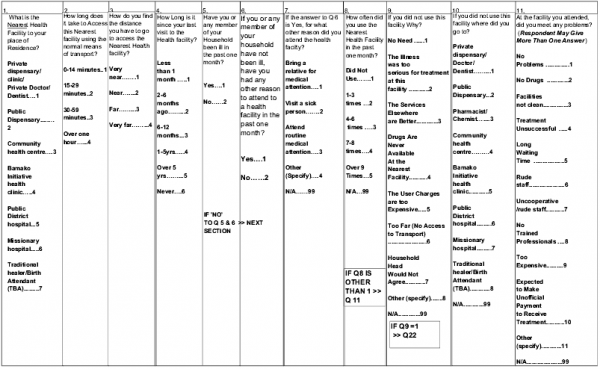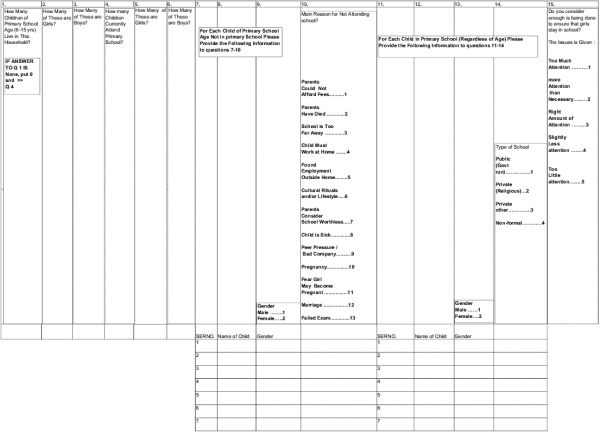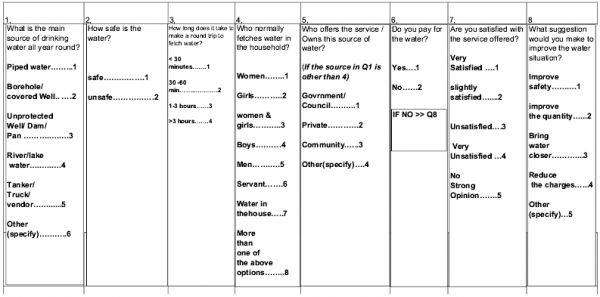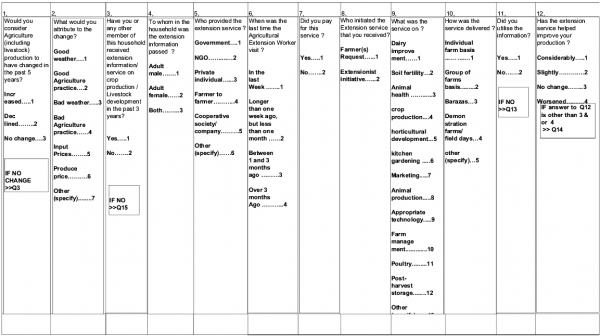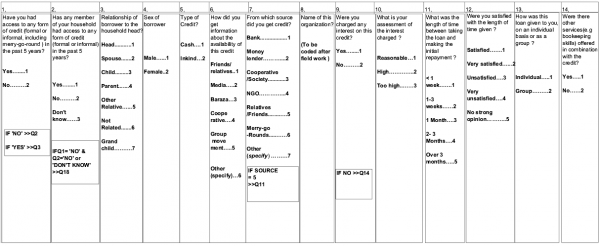Citizen Report Card System - CiReCa - Example: Determining Citizens Satisfaction with Public Service Provision in Kenya
 |
As part of the process of implementing the poverty reduction Paper (PRSP), the government of Kenya, with the support of the Social Policy Advisory Services project of the German Technical Cooperation, GTZ, undertook a study on citizen monitoring using Citizen Report Cards known as “CiReCa”. The lead agencies from the government’s side are the Central Bureau of Statistics (CBS) and the Human Resources and Social Services Department in the Ministry of Finance and Planning. CiReCa is an innovative approach designed to exact public accountability by providing the users of various public services the opportunity to tell the service provider about the quality and satisfaction with. CiReCa is pioneering citizen monitoring initiative that generates a “report card” on public service –gathering systematic feedback from citizens on a variety of services to rate their quality and effectiveness at local and national levels. As a result it stimulates the improvement governance at all levels. In terms of PRS indicators, CiReCa focuses on the outcome section of the input-output-outcome-impact continuum (therefore collecting information on the same type of indicators as participatory monitoring exercises, addressing the frequently identified “missing middle” in terms of PRS monitoring). The purpose of CiReCa is to examine the issues raised in connection to service delivery from a quantitative perspective and it:
Methodology and Approach: CiReCa is designed to complement both quantitative (Welfare Monitoring Surveys, Household budget) and qualitative (Kenya Participatory Impact Monitoring) and other related tools. It is to be implemented annually. The CiReCa is one of the many components of Kenya’s overall monitoring package of PRSP. CiReCa draws extensively from marketing research practices of conducting client satisfaction surveys, past household survey experiences (WMSs, Households Budgets) as well as recent developments in data entry and processing. Nonetheless, it requires little in terms of sophisticated equipment or training. The CiReCa for PRS Monitoring: CiReCa focuses on beneficiaries and non-beneficiaries of certain policies or programs. For example, assessing the impact of an agricultural extension services could involve trying to measure whether yields, and consequently agriculture incomes, have improved. CiReCa focuses on simple indicators related among others on:
In addition CiReCa also collects indicators related to household well being, such as percent of poor and non-poor reporting increasing or decreasing in ownership of land, housing and other assets, type of housing facilities, quality of water and literacy rates. The results or output of the study are presented in simple tables and charts and they present access, usage and satisfaction indicators disaggregated by socioeconomic subgroups and by location. In basic education, access indicators include distance to school from the village; usage include enrolment rates; and satisfaction indicators is based on a series of opinion questions which determine household rating of the quality of services provided this year compared to few years ago. Table 1: Example of a household identification data sheet Table 2: Example of personal data sheet Table 3: Example of poverty status data sheet Table 4: Example of health services data sheet
Table 5: Example of education data sheet Table 6: Example water sector data sheet Table 7: Example extension service data sheet Table 8: Example credit services data sheet |
